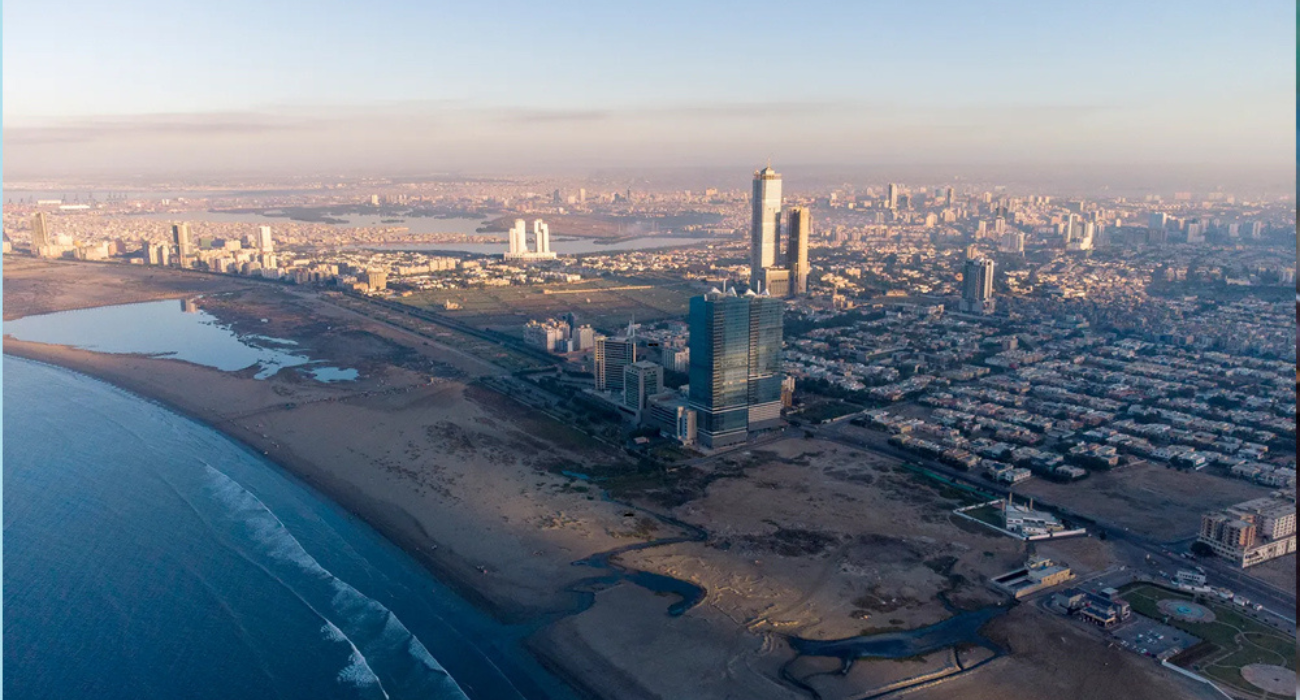
Karachi Sindh Pakistan Weather Forecast
Karachi, Pakistan's dynamic port city in the southern province of the province of Sindh has a different and often intense climate all year round. Understanding Karachi's weather patterns is critical for inhabitants, tourists, and companies seeking to arrange their activities and everyday lives efficiently.
1. Seasonal Variations
Karachi lives in a hot desert climate, categorized as BWh in the Köppen climatic classification. This category denotes a humid environment with very little moisture throughout the year. There are two main seasons that the city usually experiences:
1. Summer (March to September):
Karachi gets very hot and muggy in the summer. High humidity levels and daytime temperatures that frequently exceed 40°C (104°F) make it uncomfortable to engage in outdoor activities. Particularly in coastal places, the sea breeze, also referred to as the "sea breeze effect," offers some comfort.
2. Winter (October to February):
Karachi has a somewhat warm and pleasant winter. The best time of year to visit is during this season because temperatures range from 10°C to 25°C (50°Fighter to 77°F). The city occasionally has foggy mornings and colder evenings, particularly in February and January.
3. Monsoon Season
Unlike many parts of Pakistan, Karachi does not receive much rainfall. The city's monsoon season, which spans from late June to early September, brings sporadic but heavy rains. These showers are often a welcome respite from the scorching summer heat but can sometimes lead to urban flooding due to inadequate drainage infrastructure.
4. Weather Hazards
Weather-related threats, such as tropical cyclones that originate in the Arabian Sea, might occasionally affect Karachi. Even though they are uncommon, these cyclones can bring dangerously high winds and rain, endangering both the infrastructure of a town and its citizens.
5. Weather Forecast Services
For Karachi, several meteorological agencies offer the most recent weather predictions. A wealth of private weather forecasting firms as well as the Pakistan Meteorology Department (PMD) provide in-depth data on wind speeds, humidity levels, temperature patterns, and the likelihood of precipitation. Residents use these forecasts to plan everyday events, whilst businesses depend on them to run their operations and logistics smoothly.
6. Tips for Coping with Karachi’s Weather
- Remain Hydrated: Due to the summer's high temperatures, it's critical to stay well-hydrated and to limit your time spent in the sun.
- Dress Properly: To stay cool to the touch in hot temperatures, wear loose-fitting, light clothing made of breathable materials.
- Keep an eye on weather updates: Be aware of weather predictions, particularly in the month of monsoons, to prepare for any unfavorable circumstances.
Conclusion
Knowing Karachi's weather trends is essential for both locals and visitors. The city's climate may be comfortably and safely navigated by both inhabitants and visitors throughout the year by being aware of seasonal differences, keeping an eye on weather forecasts, and adopting the necessary safety measures. Getting the most out of Pakistan's varied climatic conditions requires preparation and understanding, whether one is enjoying the cool winters or preparing for the scorching summers.